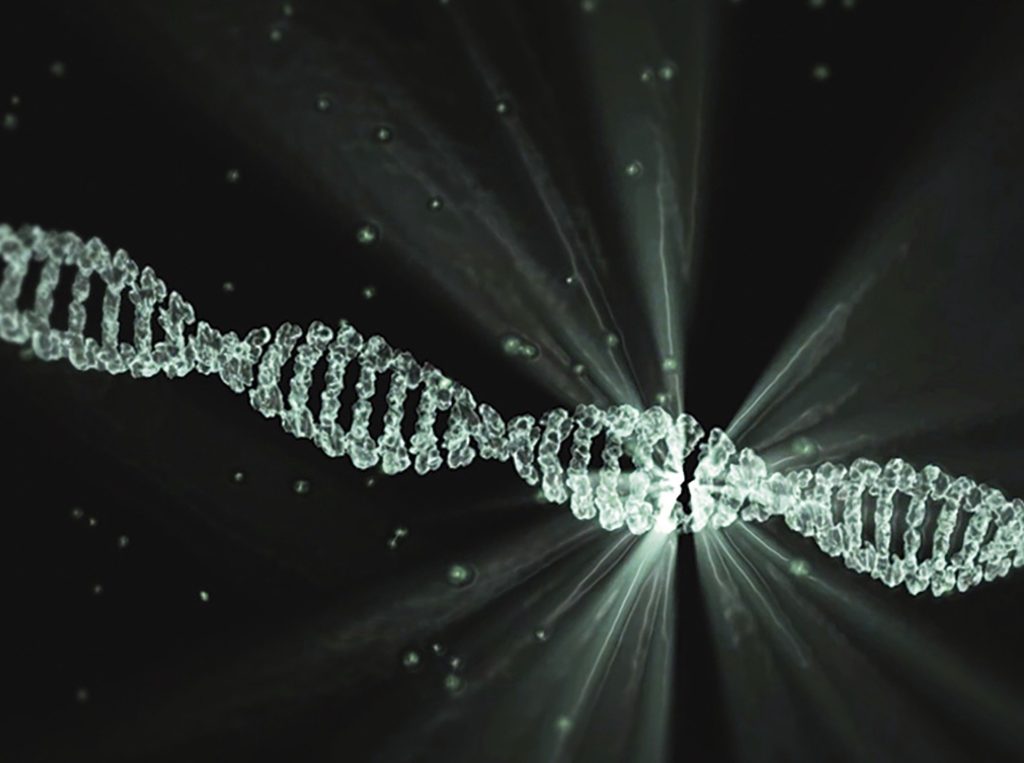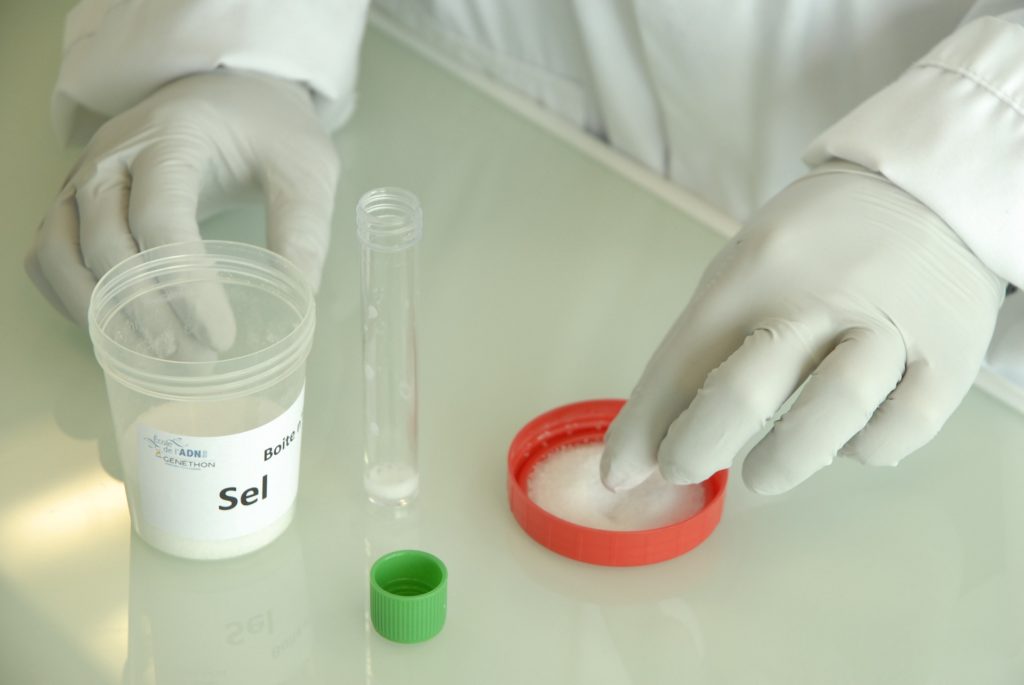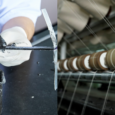DNA testing is becoming more common, and an increasing number of us are ordering them. But what is a DNA test? How does it work? What do you need to know before you get started? When you get a DNA testing kit, it will come with a set of instructions for you to follow so that you can successfully send a sample of DNA from your body to the lab. You will usually either be asked to wipe a swab around the inside of your mouth or spit into a tube.
What Does DNA Testing Involve?
DNA can tell you a lot about yourself. A DNA test looks at your DNA to determine the ‘functions’ that it exposes in your genetic code, which is why you can get some DNA tests that provide information on your health and lifestyle. Many DNA testing companies get the permission of their customers to store DNA data from thousands or millions of people. This allows the DNA company to match your DNA against the DNA patterns of the other test participants, which allows them to tell if you share unique sequences, meaning that somewhere in your family history you share an ancestor. Because of this, one of the biggest services offered by DNA testing is that it can allow you to get a better understanding of your family tree, your ancestors’ migration patterns, and even find relatives that you did not know you had.
You can also use a DNA testing kit to see if you are related to somebody; this guide to buying a sibling DNA test kit from Top10 discusses it in more detail.
How is DNA Structured?
Essentially, DNA is code, with an order and combination that provides instructions for creating organic material. Amino acids are converted into proteins by DNA segments. Proteins perform many functions in the body including new cell creation. Long strands of DNA are known as chromosomes, which are passed from both the mother and father to a child. This results in the child having DNA containing code that represents characteristics from both parents.
Does DNA Testing Have Limits?
Chromosomes do not just contain code for genetic characteristics; they also contain a genetic fingerprint of each parent in the child. This is why two siblings that share the same two parents will share a significant amount of chromosomal data. Cousins also share chromosomal data, but not as much as siblings since the fingerprint has been essentially diluted. When moving back in time to grandparents, great grandparents, and along other branches of the family tree to relatives such as second and third cousins, you will find that fewer DNA sequences are going to match.
Choosing a DNA Testing Service
Before taking a DNA test, spend some time researching the different DNA testing services available to choose the right one for you. If you are looking for family information, choose a DNA testing service that has a large database since this will give you a better chance of finding relatives. On the other hand, if you are looking for health and lifestyle information about yourself, then most DNA testing companies use the same information, and the size of the database does not matter as much. Instead of looking for relatives, the test provider will look for matching characteristics, especially when it comes to genetic markers for certain traits and diseases.
Test Types to Choose From
In general, there are three different types of DNA test to choose from. These are mtDNA, Y-DNA, and Autosomal. Autosomal DNA tests are the most commonly used today. They can be used by either women or men and can trace back results for both sexes. On the other hand, the Y-DNA test is only effective with men and is used to trace back DNA through the paternal ancestry. The mtDNA test is only effective with women and traces your ancestry back through the maternal line. Y-DNA and mtDNA tests are only focused on one side of the line, meaning that you might get information going back further, but will get less information regarding the family structure compared to an Autosomal test. With an Autosomal test, you can get quality genetic information going back around five generations.
Privacy Concerns and Other Issues
It’s also important to be aware of the darker side of DNA testing – privacy implications. Your DNA is essentially your source code, and DNA companies sharing that code can be rather unsettling. While it’s one thing if you have signed up for it and authorized the sharing, if a sibling or a cousin has authorized sharing that DNA, then they have also allowed a significant amount of your DNA to be shared. It is also important to be aware that the results of a DNA test might not be what you were expecting. People do DNA tests to find all kinds of results, including disturbing information and perhaps even finding out that you’re not actually related to certain relatives. A DNA test can be a great way to learn new things about yourself and your family. Keep these factors in mind before you take one.






